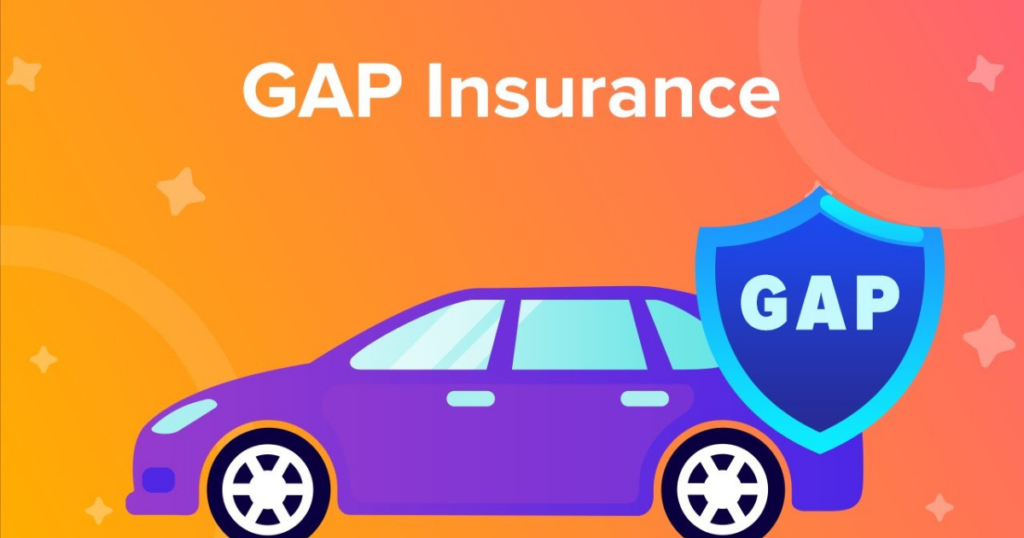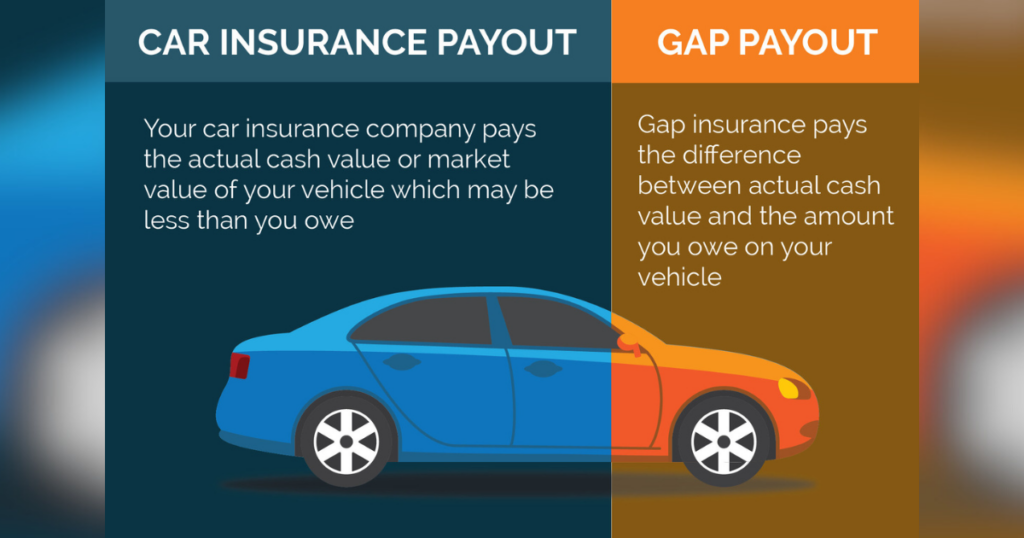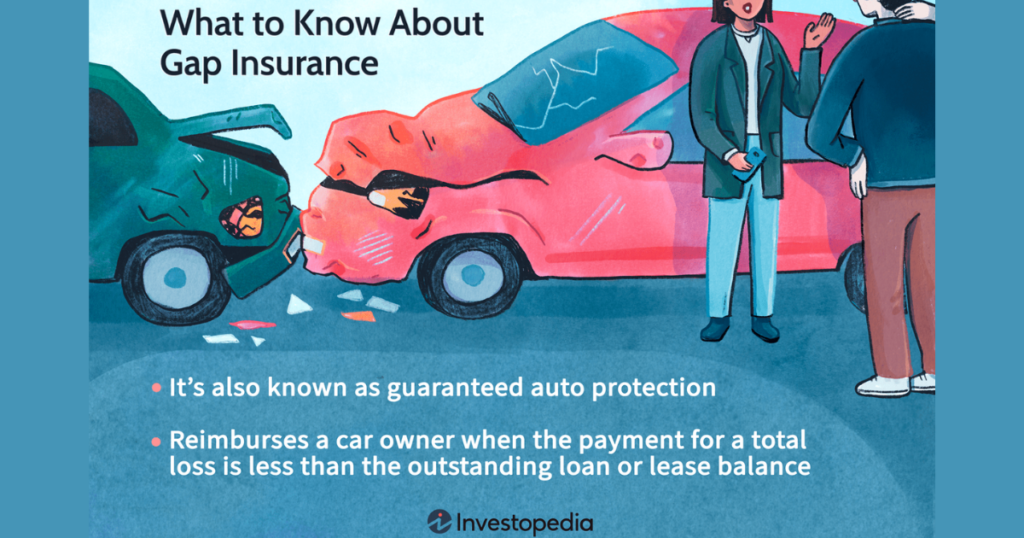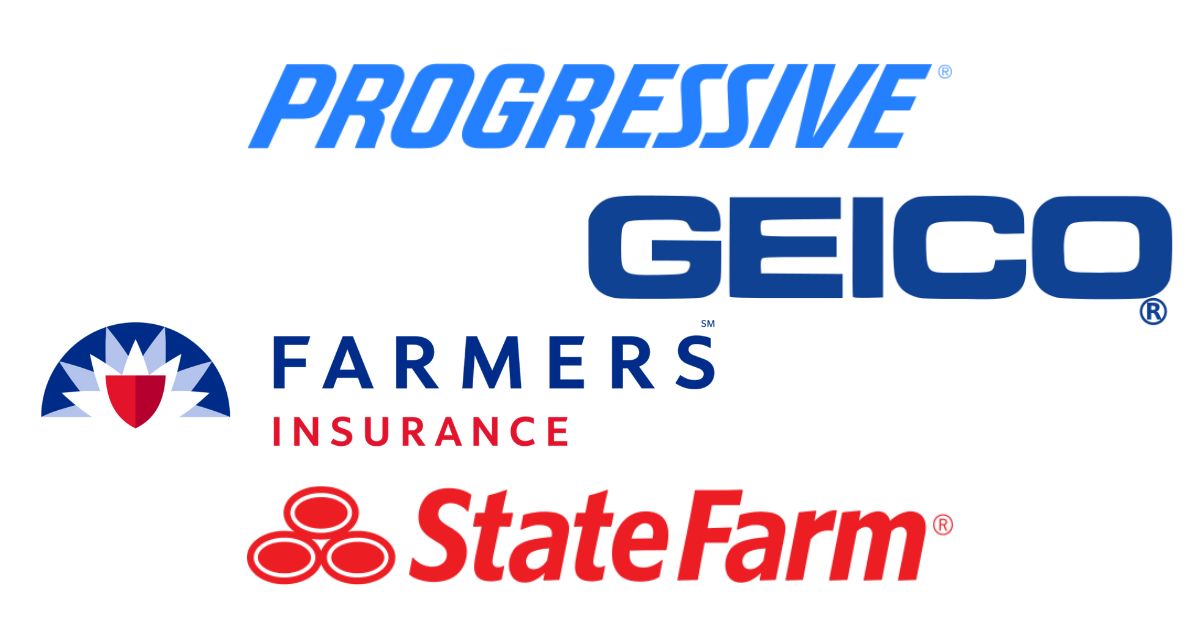
Gap insurance is an added type of insurance that comes into play when the car you got into an accident with was leased. If your car gets totaled or stolen, and you find out that you owe more on the car loan than what the car is worth, gap insurance bridges the gap between what is left of the loan you owe and the actual cash value of your car.
How Do Insurance Companies Decide to Total a Car?
Gap insurance will kick in if your car is declared a total loss, i.e., “totaled.” The definition of a “totaled” car varies from state to state. We recommend researching the policies of your state for added information. Nonetheless, some overarching guidelines common to many states are as follows.
- Set a percentage of a car’s value as a threshold: A car is considered totaled if the cost of repairs (including parts and labor) exceeds that percentage.
- Use NADA guides: these states use specified guidelines for determining the value of a vehicle.
- Specify inclusion of databases: they mention that only that vehicle value should come from a current edition of a nationally recognized compilation of values, including databases.
- A “total loss formula” (TLF): For example, in California, the TLF is Cost of Repair + Salvage Value ≥ Actual Cash Value. If the sum of the cost of repair and salvage value is greater than the ACV, then your car is considered a total loss.
How Gap Insurance Works

When you buy or lease a new car or truck, the vehicle depreciates in value the moment it leaves the car lot. Standard auto insurance policies pay the vehicle’s current market value at the time of a claim.
If you purchase a new car and put down only a small deposit in the early years of the vehicle’s ownership, the loan amount may exceed the vehicle’s market value. In the event of an accident in which you’ve badly damaged or totaled your car, gap insurance covers the difference between what a vehicle is currently worth (which your standard insurance will pay) and the amount you actually owe on it.
Suppose your new car is stolen. It is worth $35,000, and you have a $40,000 loan. You have comprehensive insurance, which will pay for the value of your car at the time of theft, except for your $500 insurance deductible. So the insurance company pays $34,500 to your lender, but $5,500 is still due on your loan.
Related: Top 10 Most Stolen Cars In US | Reports & Data Proofs
You pay $500 of this amount to cover your deductible. Gap insurance is designed to pay that final $5,000, so you don’t owe money on a totaled car. Without gap insurance, you’ll have to cover the balance on your loan as well as your insurance deductible.
| Gap coverage example | |
|---|---|
| Loan Left to be Paid | $40,000. |
| Current Value | $35,000. |
| Deductible | $500. |
| Paid by Comprehensive Insurance to the Lender | $34,500. |
| Amount Still Due on Loan After Insurance Claim Payout | $5,500. |
| Without gap coverage, the driver pays the deductible and pays off the auto loan | $5,500 is paid. |
| With gap coverage, the driver pays the deductible only | $500 is paid. |
Cost of Gap Insurance
According to Forbes Advisor’s analysis of gap insurance costs from large insurance companies, gap insurance adds an average of $60 a year to your car insurance cost. You can drop it from your policy once you no longer need it.
You should buy gap insurance through a car insurance company instead of car dealerships (we discuss the avenues to buy gap insurance further on in the article), as it is much cheaper and costs you less in the long run.
You could also include the cost of this insurance into your car loan, but that means paying the interest on that added amount. You lose the flexibility to cancel the gap insurance since it is now tied to your loan. In the end, you might end up paying for something that is no longer useful. Prices and interest rates will vary, so always check with your dealer and car insurance company to accurately compare costs.
Cost of Gap Insurance by Company
| Company | Average Annual Cost of Gap Insurance |
|---|---|
| Travelers | $34 |
| Progressive | $38 |
| Auto-Owners Insurance | $48 |
| American Family | $51 |
| State Auto | $52 |
| Erie | $58 |
| Shelter | $141 |
| Average | $60 |
Role of Vehicle Depreciation
Gap insurance becomes more useful if you buy a car that quickly depreciates in value and your car loan is very large. The average car depreciates by 33.3% after five years, according to a 2022 study by iSeeCars. Luxury vehicles continue to depreciate at a faster rate than other cars. For example, the BMW 7, Maserati Ghibli, and Jaguar XF all depreciated at more than 50% over five years.
A handful of cars actually increased in value between 2020 and 2022, including the Porsche 911. Vehicles that depreciated the least include the Mercedes-Benz G Class and Honda Civic. For hybrid vehicles, the average depreciation over five years was 28.8%, and for electric vehicles, it was 44.2%.
Pros and Cons of Gap Insurance

| Pros of Gap Insurance | Cons of Gap Insurance |
|---|---|
| Covers the insurance gap when you owe more than your vehicle is worth. | Added cost. |
| No deductible. | If added to a car loan through a dealer, you could pay loan interest on whatever gap costs. |
What Gap Insurance Does Not Cover
Here are some common expenses gap insurance doesn’t cover:
- The car insurance deductible.
- Overdue payments and late fees on your car loan or lease.
- Security deposits.
- Extended warranties.
- Carry-over balances from previous loans or leases.
- Lease penalties for high mileage or excessive use.
- Charges for credit insurance connected to the loan.
- A down payment for a new car.
Where To Get Gap Insurance
You can generally only buy gap insurance within three years of buying a new car. Although insurers’ guidelines vary, a company may require one or both of the following:
- Your car is no more than two to three years old.
- You are the original owner of the vehicle.
Three Main Ways To Get Gap Insurance
- From your auto insurer, as part of your regular insurance policy.
- From a company that sells gap insurance only. Stand-alone gap insurance is typically sold online through a one-time purchase.
- Through the dealership or lender, rolled into your loan payments. With this arrangement, you’re paying interest on the cost of your gap insurance over the life of the loan, making the coverage far more expensive.
If Purchasing via Dealership/Lender:
- If you have a car loan, first check your contract to see if you need gap insurance. Although some lenders may require the coverage, it’s rare. However, your lender will generally require you to buy comprehensive and collision coverage.
- A dealer may automatically include gap insurance if you lease your car; make sure to check your lease agreement.
- If you already bought gap insurance from your dealer and want to buy it from your insurer, you may be able to remove it from your car loan contract. Make sure you have coverage during the transition if you switch providers.
Alternatives to Gap Insurance

New Car Replacement Coverage
With new car replacement coverage, you get enough money to buy a new car to replace a stolen or destroyed one. Your car must meet certain age and mileage standards to get new car replacement coverage. This coverage also often comes with a deductible and changes a lot from one company to another. Do your research and understand what you are getting.
Better Car Replacement Coverage
Some car insurance companies, such as Horace Mann and Liberty Mutual, offer this coverage. It reimburses you for a newer or better model of your destroyed car; it also, mind you, has mileage parameters. For example, Liberty Mutual will reimburse you for a one-model year newer vehicle with 15,000 fewer miles than the totaled vehicle. The optional coverage is only for policyholders who own their cars. It is not available for leased cars.
Do You Need Gap Insurance?
Gap insurance can be worth the small amount it costs if you owe a lot more on your car loan or lease than the car is worth. You don’t need this coverage if you don’t lease or have a loan or if your loan is paid down below the value of your car.
Situations Where Buying a Gap Insurance is Recommended:
Consider gap insurance if you:
- Made less than a 20 percent down payment.
- Financed for 60 months or longer.
- Leased the vehicle (carrying gap insurance is generally required for a lease).
- Purchased a vehicle that depreciates faster than the average.
- Rolled over negative equity from an old car loan into the new one (ensure you get a policy covering negative equity).
Situations in which You Can Forego Gap Insurance:
- You owe less than the car’s value or only a little more.
- You can afford to pay the difference between the amount owed and the car’s value yourself.
- There’s no reason to keep gap insurance once you owe less than your car’s value or only a little more. That’s because there will be little or no gap insurance payout possible. For example, if you owe $15,000 and your car’s value is $17,000, there won’t be a gap if your vehicle is totaled or stolen.
- If you sell your car, remember to cancel gap insurance.
Conclusion
Ultimately, if you have a lease or loan for a newer car, you should think about whether you can afford to pay the difference between how much you owe and how much your car is worth. Gap coverage can help if you can’t or don’t want to handle that situation in an emergency.




